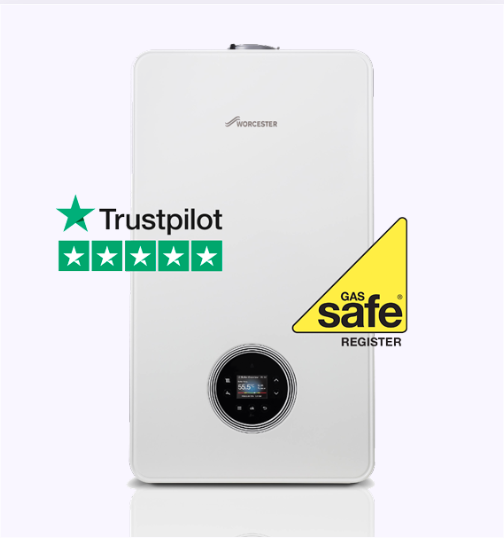What Are the Best Air to Air Heat Pump Brands in the UK?
Here are some of the most popular and well-regarded brands based on air to air heat pump reviews and quality of service:
- Daikin: Daikin is a renowned manufacturer known for its high-quality air source heat pumps. They are known for their energy-efficient and innovative products, making them a top choice for those seeking a reliable heating and cooling solution.
- Viessmann: Viessmann is a reputable brand in the heating industry, offering a range of air to air heat pumps. They are known for their focus on sustainability and energy efficiency, making them a popular choice for environmentally-conscious consumers.
- Vaillant: Vaillant is a well-established name in the heating and cooling market. They offer a variety of air source heat pump solutions known for their quality and performance.
- Bosch: Bosch is a globally recognized brand known for its reliable and efficient air source heat pumps. They provide a range of products to suit different needs and preferences.
The best choice for you will depend on your specific requirements, budget, and home setup. Professional installers can be a valuable resource to help you select the most suitable manufacturer and model for your unique situation. They can assess your home’s needs and provide expert guidance on maintenance and operation, ensuring the longevity and efficiency of your air source heat pump.
To get a professional engineer to provide you with a free quote, fill in Warmable’s quick form and we can match you with a trusted local tradesperson. Their expert advice will help you to determine whether your home could benefit from an air to air heat pump, or any other type of heating solution.
How do Air to Air Heat Pumps Work?
Air to air heat pumps, also known as air source heat pumps, work by using the principles of thermodynamics to extract heat from the outside air and transfer it into your home for heating or expel it outside for cooling.
During the heating mode, the outdoor unit of the air to air heat pump contains a refrigerant that circulates through a closed-loop system. Even in cold outdoor air, this refrigerant has the ability to absorb heat energy.
When the air source heat pump operates, a fan draws in air from the outside. This air contains heat energy, even if it’s relatively cold. The refrigerant in the outdoor unit absorbs this heat energy, causing it to evaporate and turn into a low-pressure, low-temperature gas.
The low-pressure, low-temperature gas is then compressed by a compressor in the outdoor unit. As it is compressed, the gas’s temperature increases significantly. This hot, high-pressure gas is then passed through a coil or heat exchanger in the indoor unit.
Inside your property, a separate indoor unit contains a fan or blower. The hot gas passes through the coil in this indoor unit, and as it releases its heat, it condenses back into a liquid. The heat exchanger in the indoor unit warms the air circulating within your home. This warm air is then distributed throughout your living spaces, providing heating.
Air to air heat pumps are versatile, as they can operate in reverse during the cooling mode. In this mode, the indoor and outdoor units switch roles. The indoor unit absorbs heat from your home’s interior and expels it outside, effectively cooling the indoor spaces.
The process continues in a cycle, with the refrigerant continuously circulating through the system. Whether heating or cooling, the air to air heat pump uses the same basic principles of heat exchange, but the direction of heat transfer is reversed.




